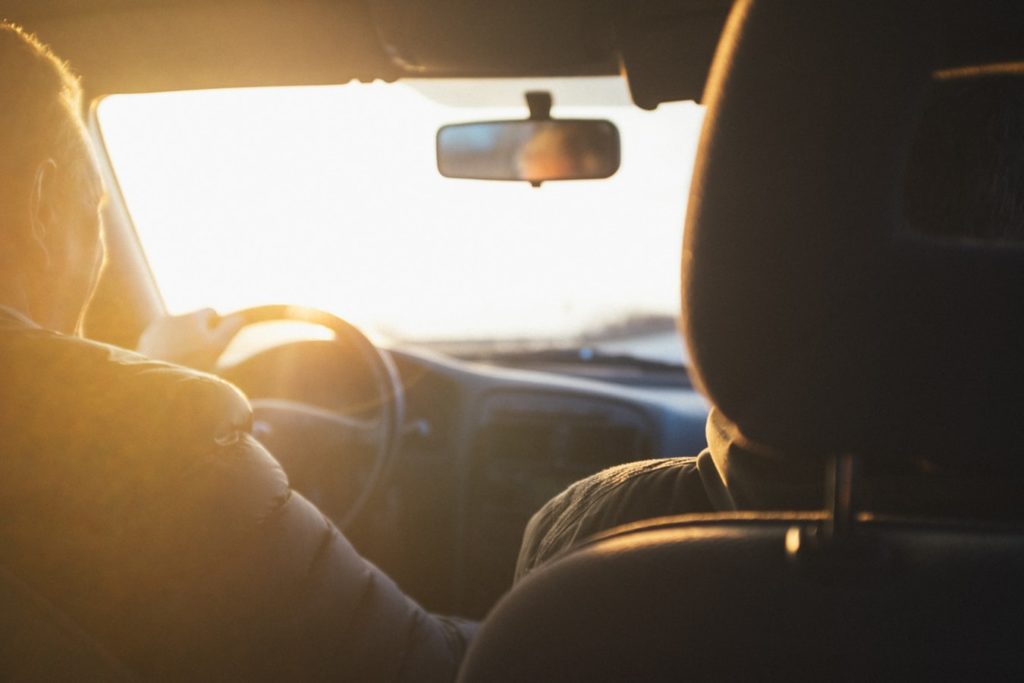You probably know the safety basics when you’re driving long distances – check on tire pressure, oil and your spare, clean your windscreen and make sure your sunglasses are handy.
But there’s a big safety risk you might be forgetting: you! It’s been estimated that 96% of all car crashes are caused by human error.
Here are four driving habits that will make you a safer driver – and make it more likely you’ll arrive in one piece.

- Make safety the goal, not speed
When you’ve got a long way ahead of you, it’s tempting to push the speedo up just a bit to cut the travel time – and you’re not alone. According to one study by the NZTA, 32% of drivers say they speed to arrive at their destination sooner. But that extra 5km is increasing your risk hugely. One recent study estimates that for every 5km/h reduction in average speeds, you’ll reduce your chance of a fatal crash by 28%! You’ll also reduce your risk of a serious injury crash by 26% for every 5km you drop off the speedo. The risk of an injury crash doubles between 80km/h and 100km/h and the real kicker? On a journey from Auckland to Taupo, you’ll save a maximum of 11 minutes – time you’ll probably spend ordering a coffee at a petrol station!
- Don’t use cruise control
Long-distance driving can be hypnotic and tiring, and using cruise control makes this even worse. When you check out of the driving experience, your reaction time goes way down. In Japan, train drivers are trained to point at and call out signal statuses. The practice is said to decrease mistakes by 85% and accidents by 30%.
- Take a break every 200km
Fatigue can overtake you quickly, especially if you’re only watching the road in front of you instead of taking in the scenery while you drive. Be aware of overall discomfort, and muscle aches in your neck, arms and shoulders. This is your body telling you it needs a break. When your tank is half empty, take bathroom and gasoline breaks at the same time. Stop in the refreshment area, walk around, clear your head, get some food, and then take a nap. Never park in the outskirts of a rest stop; park near another car or truck. Parking next to a van with a travelling family is always a safe bet. Park in front of a fast-food restaurant, and then go to sleep. You may be surprised to see a driver nearby doing the same thing!
- Don’t drive tired
If you’re not rested, driving can be extremely dangerous. Drowsy driving is estimated to be a factor in 20% of fatal crashes. Drinking coffee, listening to fast music or winding down the window are all ineffective – the only thing to combat tiredness is sleep. If you feel your eyelids drooping, stop and change drivers, or pull over, put your seat back and take a power nap. NASA’s research showed that naps can make your brain as fresh as if you’d had a full night’s sleep, but they have to be short – they recommend sleeping for between 10 and 20 minutes.
Have fun driving – safely
Long-distance driving can and should be a fun experience. The quality of the drive should be better than arriving at your destination quickly, but exhausted. Use these tips on your next trip, and see the change in your driving attitude.









Join the Discussion
Type out your comment here:
You must be logged in to post a comment.